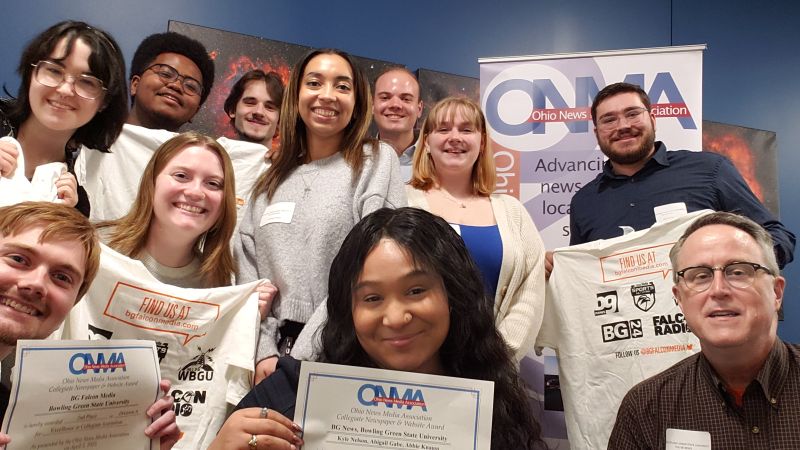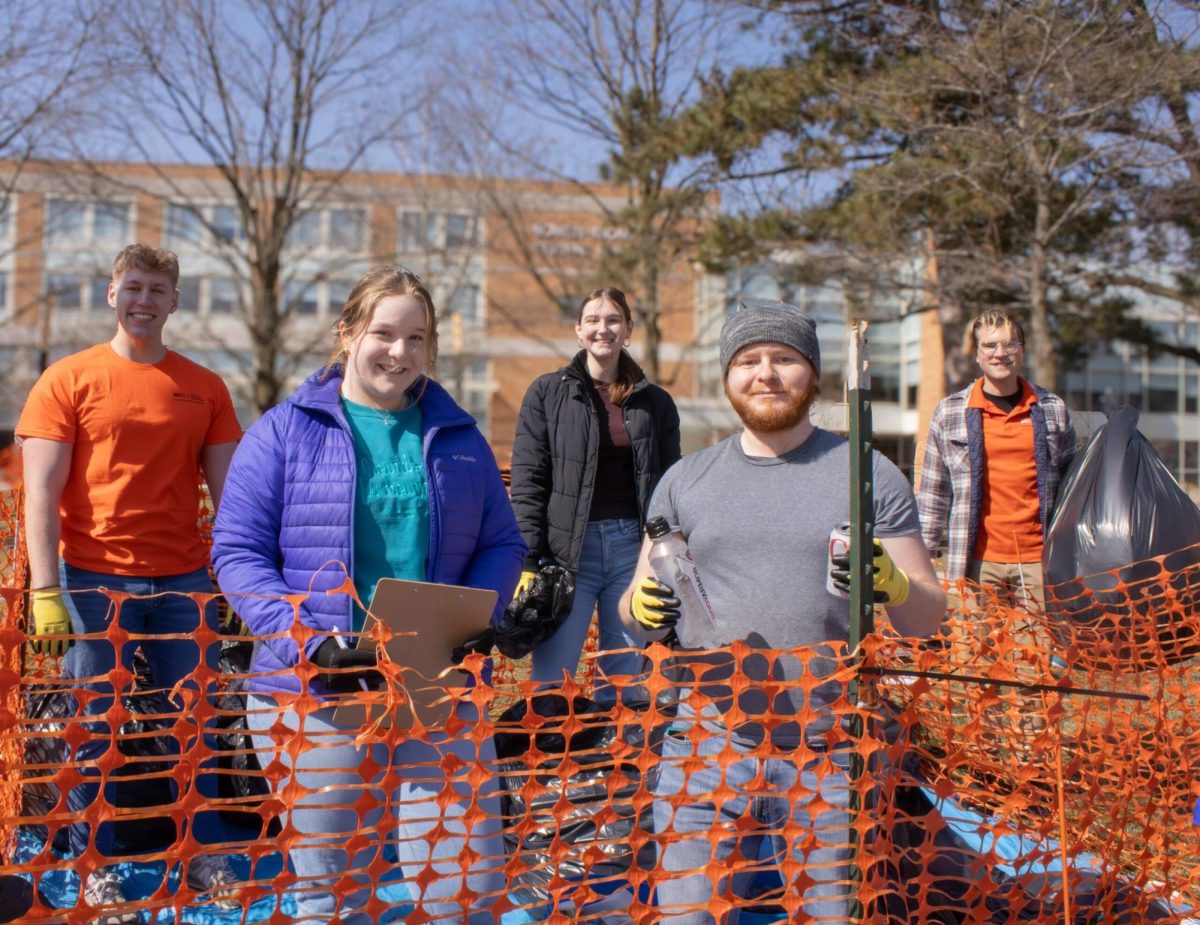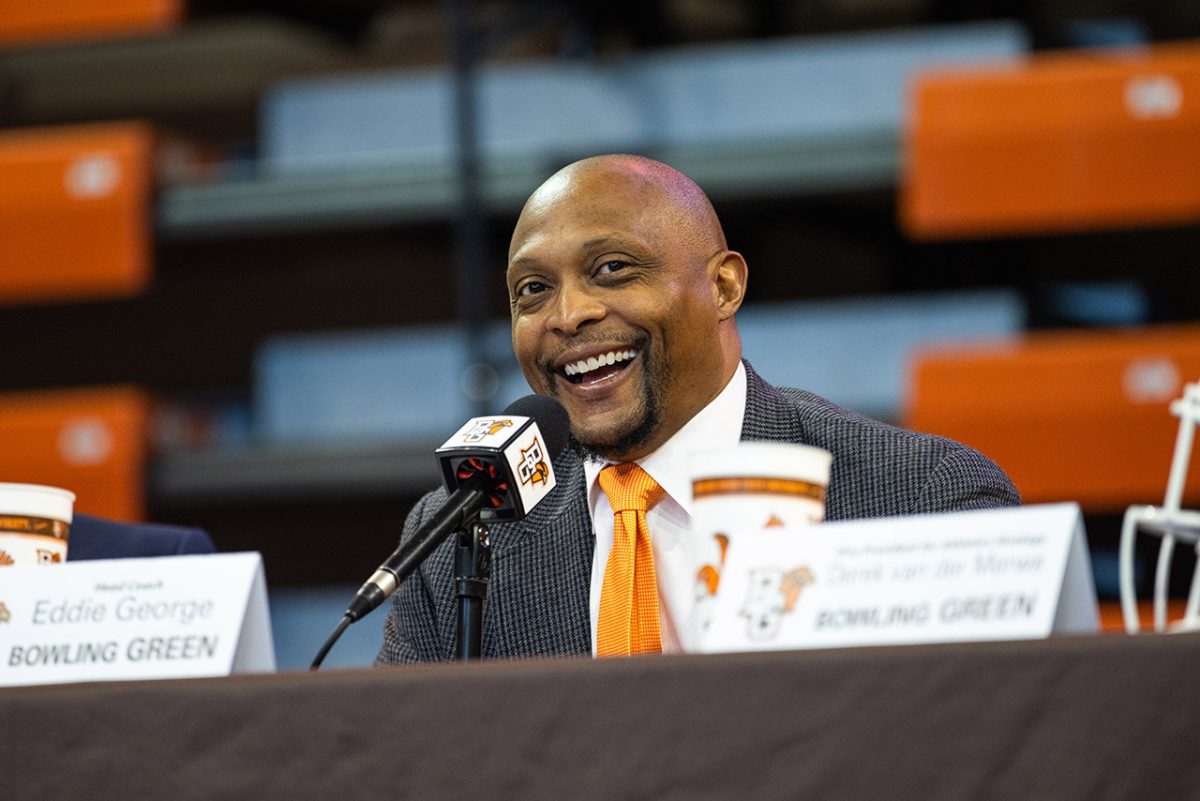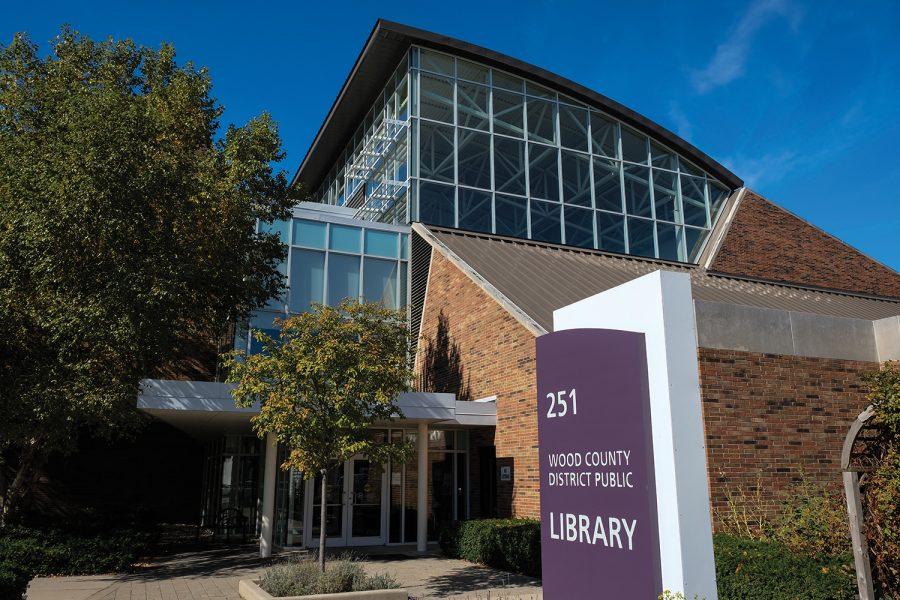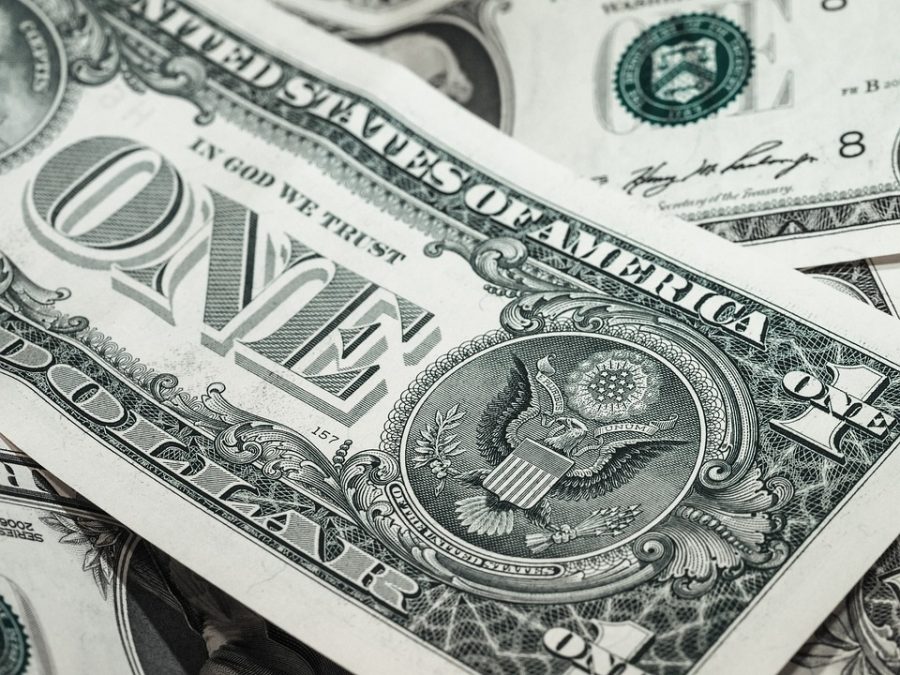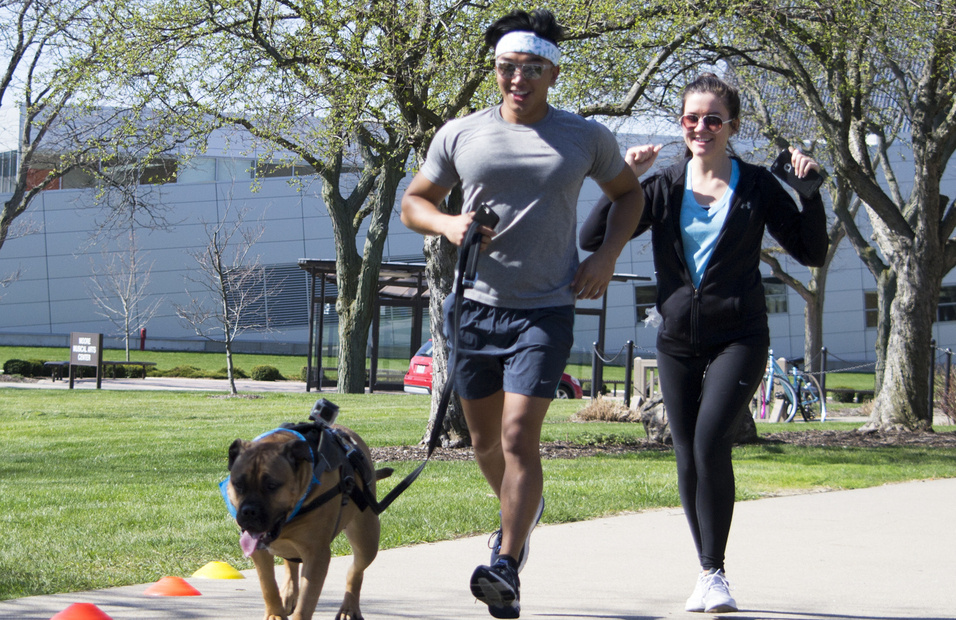Senior Nick Dombi has been using dating apps since high school, but he hopes that he will soon be able to forget his Tinder, Bumble and MeetMe.
After years of being unsuccessful in finding love, he’s hoping his most recent Bumble match—who he’s taken on two dates—will soon be his girlfriend. In which case, he’ll no longer need the apps in his pursuit for the right girl.
Forgetting the apps doesn’t mean deleting his accounts, but instead he’ll just delete the apps in case this one turns out like the other unsuccessful relationships driven by his use of dating apps.
On a college campus, it seems like just about everyone is using the mobile platforms, but in reality, just 22 percent of young adults ages 18-24 have used dating apps (27 percent have used apps and websites) according to a 2015 Pew Research Center study. But that number is leaps and bounds higher than the 5 percent reported in 2013 who used mobile dating apps (10 percent used apps and websites).
The most popular of these apps by far is Tinder, which has a whopping 80 percent of its users categorized as millennials. The app pulls up potential matches in the area. If both parties “swipe right” they will match and be given an option to message each other.
Over 70 percent of people using Tinder, however, have never met up with a match according to a survey by Lendedu in early 2017. So why even have Tinder?
For Junior Ryan Strodtbeck, who uses both Bumble and Tinder, it’s all about confidence. He rarely even messages girls on the apps. Of those who message him on Bumble (where the female must initiate conversation), Strodtbeck answers about 25 percent of his messages. On Tinder, he estimates responding once in every 500 matches.
“I’m using it more as a confidence booster to see that people actually do find me attractive,” he said. “I don’t really care to find love on those apps because I don’t think that I will.”
Strodtbeck isn’t alone. Nearly 45 percent of respondents to the Lendedu survey said the main reason to use dating apps is for a confidence boost. The other answers included: hookups (22 percent), to find a relationship (4 percent) and other unspecified reasons (29 percent).
Despite hookups still being a prevalent reason to use dating apps, the Pew study found the stigma associated with online dating has decreased. About 59 percent of people now say online dating is a good way to meet people.
Strodtbeck said instead of something like Tinder that has a major hookup culture associated, people would join Match.com or something similar if they were really looking for love, as demonstrated by the low numbers that actually meet up with a Tinder match. He said dating apps are too shallow to really find love.
“Your attractiveness to someone is the pictures that they post, and they have a bio but the bio doesn’t tell you much,” he said. “Some people don’t even have bios like myself so you just have to judge them based on looks…Looks aren’t everything but they’re a starting point.”
Senior Allison Saltzman started using Tinder during her freshman year of college just to see who was in the area—definitely not to find love. She said she would also have looked to a “more legit dating site” if that were the goal.
“If you’re just looking for someone to go to the club with…find someone on Tinder. It’s useful for some things,” she said.
During the six months she spent on the app, she received a lot of cheesy pick-up lines and immediate requests to hookup, but she only actually met three or four of her matches.
On one specific match, Saltzman tried to swipe left because the first picture was strange, but with a partially broken screen, her phone wouldn’t let her. So instead, she swiped right and got a match. The result was a cheesy Cher pickup line.
After a month or two the match contacted her again for a first date, which lead to many more and a three year relationship.
“It works for some people,” she said. “After we got over the ‘Oh, God. We met on Tinder’ thing, we felt much more legit, and we’ve been just like any other couple since then.”
Dombi started using dating apps for a different reason. He said the college-aged generation is glued to their phones, resulting in higher standards of beauty. Those higher standards make it harder to build up the confidence to actually approach somebody in public.
“[We’re] more acquainted to swiping right and then meeting from there, so I guess I’m just kind of going with the times even though I prefer that human interaction first,” he said.
On the other hand, apps help to ease the tension and break the ice because two people mutually matched, Dombi said. That isn’t the case in public when you don’t know if the other person would be interested before approaching them.
“I don’t stand a chance as opposed to the girls fawning over a hottie or a guy in Greek letters,” he added. “I need all the help I can get because I’m just an average guy.”
While Dombi is hoping his newest match will work out, he said “as long as I’m single there’s a 99.9 repeating percent chance that I’ll continue to be on Tinder.”
In 2015, Pew found that 5 percent of marriages were formed from online dating of some kind.
“I just think it’s more of a rocky foundation…it isn’t as raw as ‘we met because of friends or because we were both at a bar,” Dombi said. “It’s not as an organic connection right off the bat.”
With the nearly tripled use of online dating between 2013 and 2015, it will be interesting to see just how many millennials are using dating apps in 2017. It’s expected that the research will continue trying to capture the still-evolving, 2 billion-dollar (in the U.S. alone) industry.



